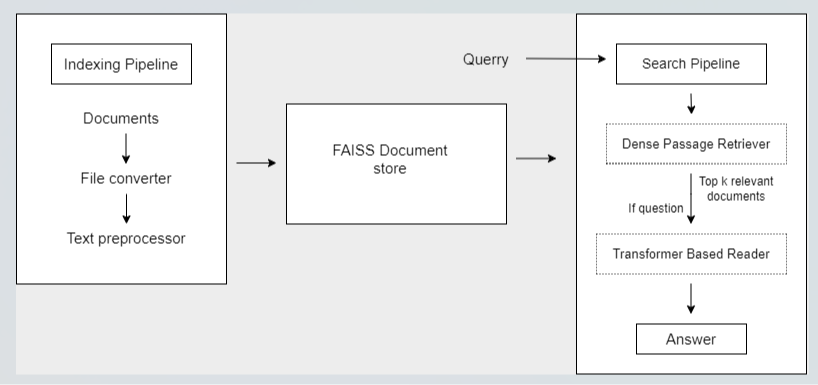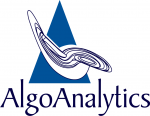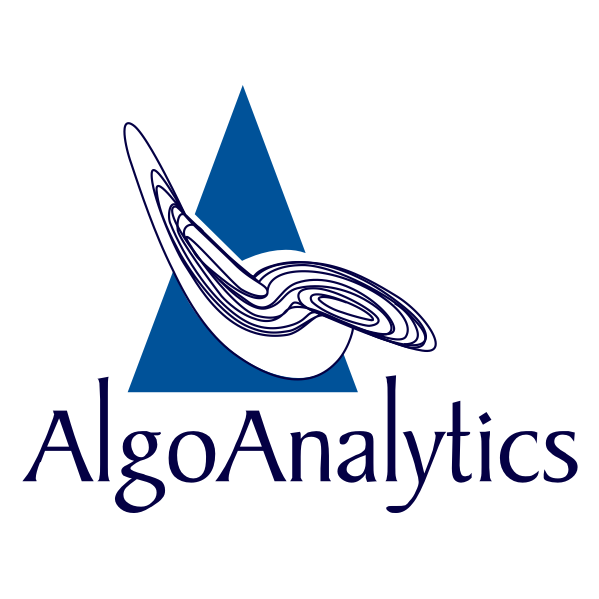By Jayesh Kandar
In today’s digital landscape, finding the right information quickly amidst a vast amount of data is challenging. I’ve often found traditional search engines overwhelming, with an overflow of content and not enough of what I truly need. That’s where Amazon Kendra steps in.
Amazon Kendra is not merely a search tool; it’s an intelligent, refined solution. Beyond simple searches, Kendra comprehends your queries, fine-tunes search results, and enriches documents with supplementary information. It’s like having your own digital librarian!
In this blog, I want to walk you through the ins and outs of Amazon Kendra, covering its basics, foundational features, pricing structure, and its secret weapon: enrichment.
So, Let’s dive into this transformative search experience!
Understanding Amazon Kendra
Amazon Kendra, an exceptional offering from Amazon Web Services, revolutionizes the search experience. Imagine a search engine that doesn’t just skim the surface but dives deep into your queries, picking out exactly what you need from a vast sea of data. Kendra serves as your trusted data detective.
What makes Amazon Kendra stand out? It’s its knack for ranking search results by relevance. This means that the most crucial info is always front and center, making your search for key information a whole lot easier.
Key Features of Amazon Kendra
1. Data management
a. Data sources:
A variety of data sources, such as Salesforce, Amazon S3, Amazon Elasticsearch Service, and Amazon Relational Database Service, can be connected to by Amazon Kendra.
b. FAQs:
To address frequently asked questions by users, you can create FAQs in Amazon Kendra. The response to a question that appears in a FAQ will appear at the top of the search results when a user searches for it on Amazon Kendra.
c. Facet detection:
Amazon Kendra can automatically detect facets in your data, such as product categories, customer locations, and employee departments. This allows users to filter search results by facet, making it easier to find the information they need.
d. Search indexed content:
Amazon Kendra can index and search a wide range of content types, including documents, emails, code repositories, and customer support tickets.
2. Enrichments
a. Synonyms:
You can add synonyms to Amazon Kendra to help it understand different ways that users might search for the same information. For example, You could add the synonyms “car” and “vehicle” to help Amazon Kendra understand that users are searching for the same thing when they search for either term.

b. Query suggestions:
Amazon Kendra can generate query suggestions based on the user’s current query. This can help users to find the information they need more quickly and easily.

c. Document enrichments:
You can use Amazon Kendra’s machine learning capabilities to enrich your documents with additional information, such as entity extraction, sentiment analysis, and topic modeling. This information can help Amazon Kendra to better understand your data and provide more relevant search results.

d. Featured results:
You can promote specific documents or results to the top of Amazon Kendra’s search results. This can be useful for highlighting important documents or results that we want the users to see first.

Comparison with Traditional Semantic Search
In this section, we’ll take a quick look at how Amazon Kendra stacks up against the traditional retrieval-based semantic search . Let’s see how the two measure up in the world of search and discovery.
Semantic Search using Amazon Kendra


Semantic Search using a Traditional offline model

Difference in Architecture & working

Integrating Kendra with AlgoFabric — A SaaS based Stock Assistant
AlgoFabric
AlgoFabric is a modern SaaS application that combines financial data and NLP technologies to create a unified view of a vast portfolio of stocks. It keeps you informed about the, news, events, stock prices and trends revolving around the NIFTY50 stocks and more, helping users make better investment decisions.
Delve into the world of AlgoFabric here — algofabric.algoanalytics.com
Integrating Kendra with AlgoFabric
We integrated Kendra with AlgoFabric to test its output. We conducted experiments by feeding the data from AlgoFabric into Kendra and leveraged its enrichment features to explore and compare its capabilities.
Synonyms
Synonyms was used for acronyms of companies like For example, if a user searches for “Tata Consultancy Services” or “Hindustan Aeronautics Limited,” Amazon Kendra will also return results for synonyms like “TCS,” “Tata Consultancy,” “Hindustan Aeronautics,” “Aeronautics Limited,” and more. This can help users to find relevant documents even if they don’t use the exact search terms that are used in the documents.
Query suggestions
Amazon Kendra also provides Query suggestions which provides suggestions to users as they type their search queries. We also added a list of Block words which prevent unwanted words and phrases from appearing in suggestions. This help users to find the information they are looking for more quickly and easily.
Featured results
Also, the Featured results feature was used for generating default search results for respective companies when you search for a specific company displaying the key information of companies for that particular day.
Here are some examples of the output:


Costing
Amazon Kendra’s pricing is structured into two main components:
- Index Hours: You are charged for the time that your index is active, which includes the periods when the index is being created, updated, and searched.
- Query Costs: Charges are incurred based on the number of queries made to your index.

It’s worth noting that the pricing for both index hours and query costs may vary depending on the specific region in which you are utilizing AWS Kendra. For the most up-to-date pricing details, you can refer to the AWS Kendra pricing page on the official AWS website.
Conclusion
In conclusion, I’ve found Amazon Kendra to be a powerhouse tool that truly transforms the way we search and discover information online. It’s not just about simplifying searches; it’s a game-changer that boosts efficiency and ensures we get precisely what we need.
When integrated with platforms like AlgoFabric, Kendra’s ability to offers valuable query suggestions, synonyms, and smart filtering of unnecessary words has made information access much more streamlined. Featured results further enhance the user experience. Talking about pricing — Kendra’s transparent and region-specific pricing structure also resonates with our need for clarity and flexibility.
In a world increasingly driven by data, Amazon Kendra has become a trusted ally, making information retrieval across different domains a straightforward and empowering experience.

